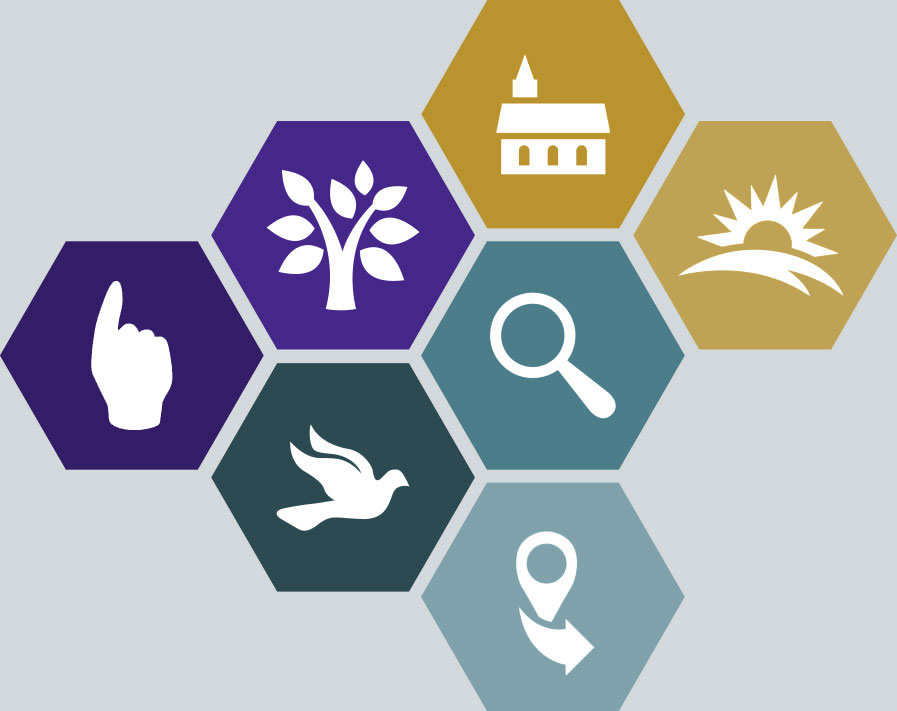Start Here

This is all new to me. What IS the Framework for Transformation?
This Framework for Transformation might be easier to explain by what it isn’t. It isn’t a program. It isn’t a fool-proof way to help the needy around the world. It isn’t a step-by-step guidebook. Rather, it is a set of principles that can be incorporated into any effort to see the lives of those who are vulnerable transformed. For the most part they are written with a focus on the Majority World (Africa, Asia, and Latin America), but in reality they could be applied anywhere.
The framework’s seven core principles represent what we (Reconciled World) have learned over 20+ years of seeking to apply biblical truth to our work with vulnerable people. As you study this framework, we hope it will allow you to look at your own work and ask yourself, “How are we doing this?” For example, one of the ideas is that we need to make sure we are pointing people to God, rather than to ourselves, as the One who solves problems. There are practical steps offered on how to do that. Then you can reflect, “Do we point people to God in our own work? Can I try some of the ideas presented in our projects?” The idea isn’t that you need to develop a whole new program, necessarily, but that you can strengthen what you’re already doing. If you are still developing a program, then these principles can help you to think through what would be most effective.
In the History of the Framework you can read more about how the principles came about. The TCT Story page shares how God used them powerfully in one program for rural communities in the Majority World. And on the Reconciled World page you can learn a bit more about us.

I’ve heard “framework” and “principles”…but what are the principles?
These summaries will help you quickly understand what the principles are all about.


I’m ready to dive in and learn how to apply this framework to my work with vulnerable people!
You’ll want to read our Framework of Transformation booklet series. Each booklet covers one principle and is packed with stories that illustrate the main ideas and practical advice for how to apply them to your work. While it’s possible to read the booklets in any order or just read the ones that are of most interest to you, our recommendation is that you read them all. The principles overlap with each other, and reading all the booklets is really the best way to get a clear picture. You can download free PDFs of the booklets on the resources page, or you can buy the kindle versions for 99 cents on Amazon.

I’m interested in the principles. Tell me more.
There are 2-4 articles that capture the main ideas of each principle, but without the stories and details of the Framework for Transformation booklet series. If you’ve already read the booklets and just need a refresher…or if you aren’t quite ready to commit to a long read, these articles are for you..
Depending on God
Nurturing Truth & Confronting Lies
Integrating Physical & Spiritual
Partnering with Churches
- Content coming soon!
Mobilizing local resources

I’ve read everything twice, but I still want MORE!
Each month we hope to keep adding at least one article or story. There’s always more that can be learned about God and transformation!. As we present these ideas, we get asked great questions, and we are adding answers on the articles page. They have been categorized by principle, or you can hit the read all button to see them as a blog roll and just start reading.
Every two months we will send out a newsletter with links to the latest articles, stories and other great resources that we have found on the web. We know you are busy so these newsletters are designed to read in 1-2 minutes and just give you enough information to decide which articles are of interest to you.
